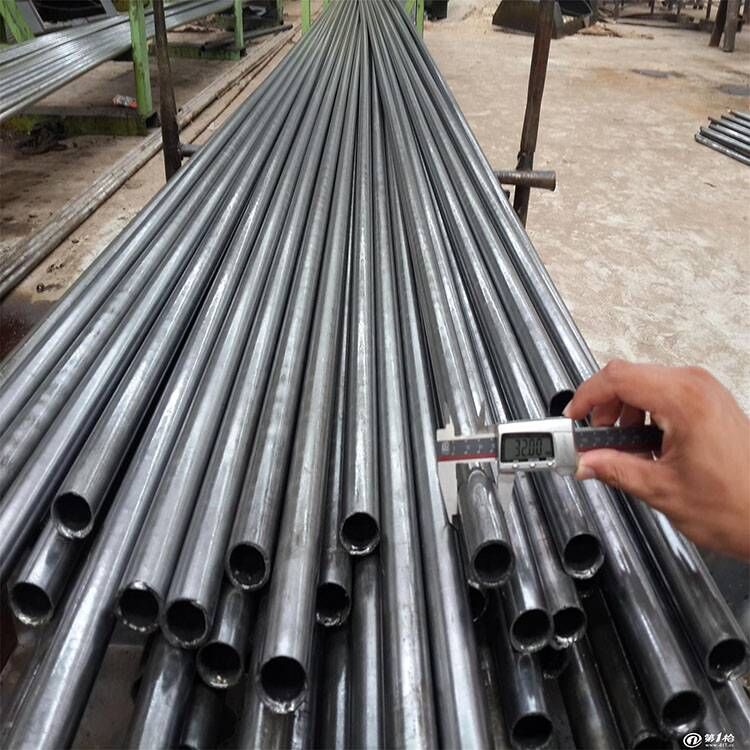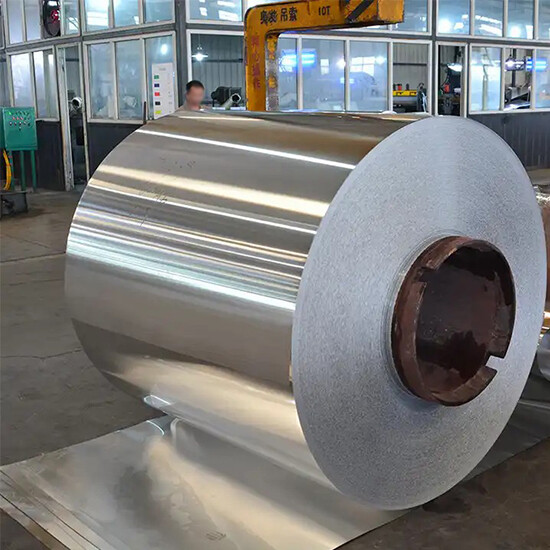Related Posts
 How Stainless Steel Is Shaping the Future of Urban FurnitureFrom sleek benches to modern bike racks, stainless steel is redefining cityscapes—and TAIGANG Steel’s premium stainless steel is at the heart of this urban transformation.
How Stainless Steel Is Shaping the Future of Urban FurnitureFrom sleek benches to modern bike racks, stainless steel is redefining cityscapes—and TAIGANG Steel’s premium stainless steel is at the heart of this urban transformation. Innovations in Tube Manufacturing: New Technologies and ApplicationsSummary: Discover the latest innovations in tube manufacturing, explore cutting-edge technologies, and learn how TAIGANG STEEL’s steel tubes are shaping industries across the globe.
Innovations in Tube Manufacturing: New Technologies and ApplicationsSummary: Discover the latest innovations in tube manufacturing, explore cutting-edge technologies, and learn how TAIGANG STEEL’s steel tubes are shaping industries across the globe. A Quick Guide to Steel Standards Around the World & Why TAIGANG Steel is Your Global PartnerIn this article, we’ll explore how different countries define steel standards, why they matter, and how TAIGANG Steel meets and exceeds those expectations with top-quality products.
A Quick Guide to Steel Standards Around the World & Why TAIGANG Steel is Your Global PartnerIn this article, we’ll explore how different countries define steel standards, why they matter, and how TAIGANG Steel meets and exceeds those expectations with top-quality products. Application Areas for Steel: Where This Essential Material is UsedAn exploration of the main areas of application for steel and how this material plays an important role in shaping the world around us
Application Areas for Steel: Where This Essential Material is UsedAn exploration of the main areas of application for steel and how this material plays an important role in shaping the world around us Understanding 2205 Stainless Steel Coil: Properties, Applications, and Benefits2205 stainless steel coil is a duplex stainless steel that combines both austenitic and ferritic microstructures, giving it a unique set of properties.
Understanding 2205 Stainless Steel Coil: Properties, Applications, and Benefits2205 stainless steel coil is a duplex stainless steel that combines both austenitic and ferritic microstructures, giving it a unique set of properties.

316 stainless steel has advantages such as ultra-high temperature resistance, ultra-corrosion resistance, ultra-high strength, and ease of processing. What are the differences between 316 and 316L? 316L is widely used in the chemical industry due to its excellent corrosion resistance. It is also a derivative steel of 18-8 austenitic stainless steel, with 2-3% Mo added. On the basis of 316L, many steel grades have also been derived, such as adding a small amount of Ti to derive 316Ti, adding a small amount of N to derive 316N, and increasing Ni and Mo content to derive 317L. Most of the existing 316L in the market are produced according to American standards. Due to cost considerations, steel mills generally limit the Ni content of their products as low as possible. The American standard stipulates that the Ni content of 316L is 10-14%, while the Japanese standard stipulates that the Ni content of 316L is 12-15%. According to low standards, there is a 2% difference in Ni content between American and Japanese standards, which is reflected in the significant price. Therefore, when customers choose 316L products, they still need to see clearly whether the products refer to ASTM or JIS standards.
NEED HELP?
We are always here to help
If you are interested in our company and our products, you can also communicate with us through request form submission, send email, call us!
Taigang will be happy to provide you with some product information and application knowledge, as well as the the 24 hours quick response.





